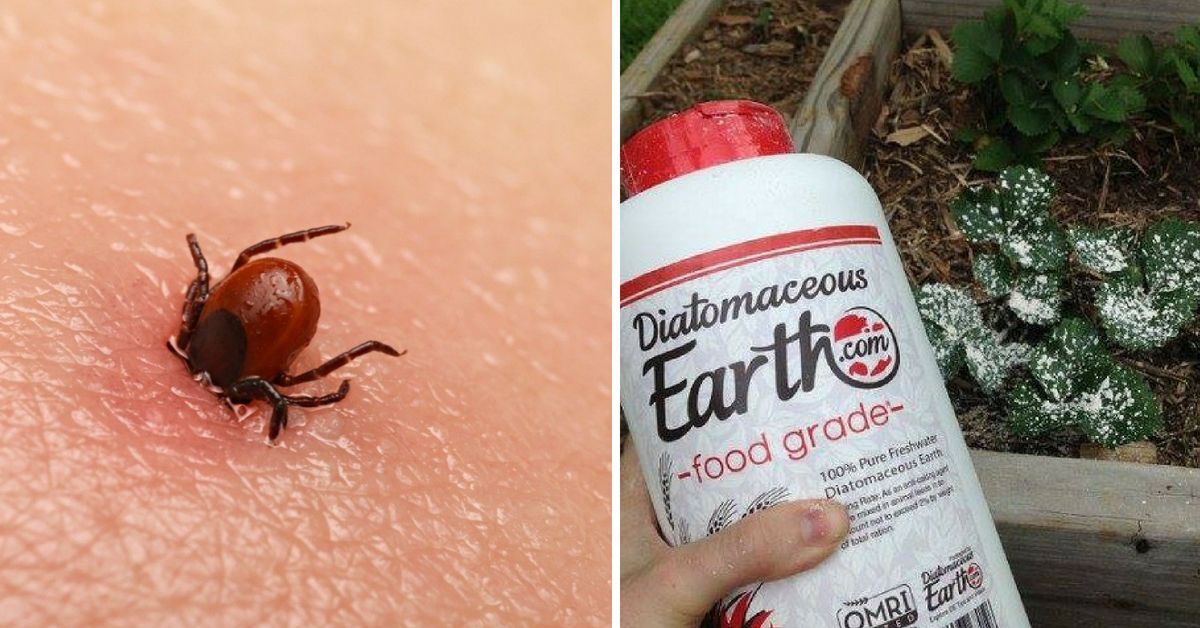
7 Natural Ways To Keep Ticks Out Of Your Yard This Summer

As the weather warms up, and we begin to spend more time outdoors, there's not a week that goes by that we do not hear about Lyme disease in the news.
The tick-borne illness has been a cause for concern over the last few years as cases continue to increase, according to the Centers for Disease Control.
"Since the late 1990s, the number of counties in the northeastern United States that are considered high-risk for Lyme disease has increased by more than 320%,” said Rebecca Eisen, a researcher at the U.S Centers for Disease Control and Prevention (CDC). "The tick is now established in areas where it was absent 20 years ago."
The debilitating disease is caused by borrelia bacteria, which is found in black-legged ticks, and currently affects 300,000 Americans every year.
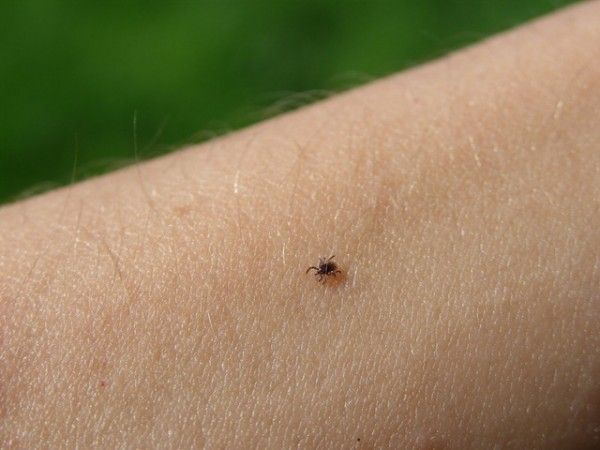
In addition to the characteristic bulls eye rash, early symptoms of Lyme disease include fever, chills, fatigue, swollen lymph nodes, body aches, and headache.
Some people may also experience dizziness, night sweats, vision changes, and sleep problems. If not treated properly, the disease can remain in your body for years with more unpleasant side effects like memory and joint problems, acid reflux, and panic attacks, according to the International Lyme and Associated Diseases Society.
In recent years, more and more people, including celebrities like Shania Twain and Alec Baldwin, have been raising awareness for Lyme disease and urging people to take precautions.
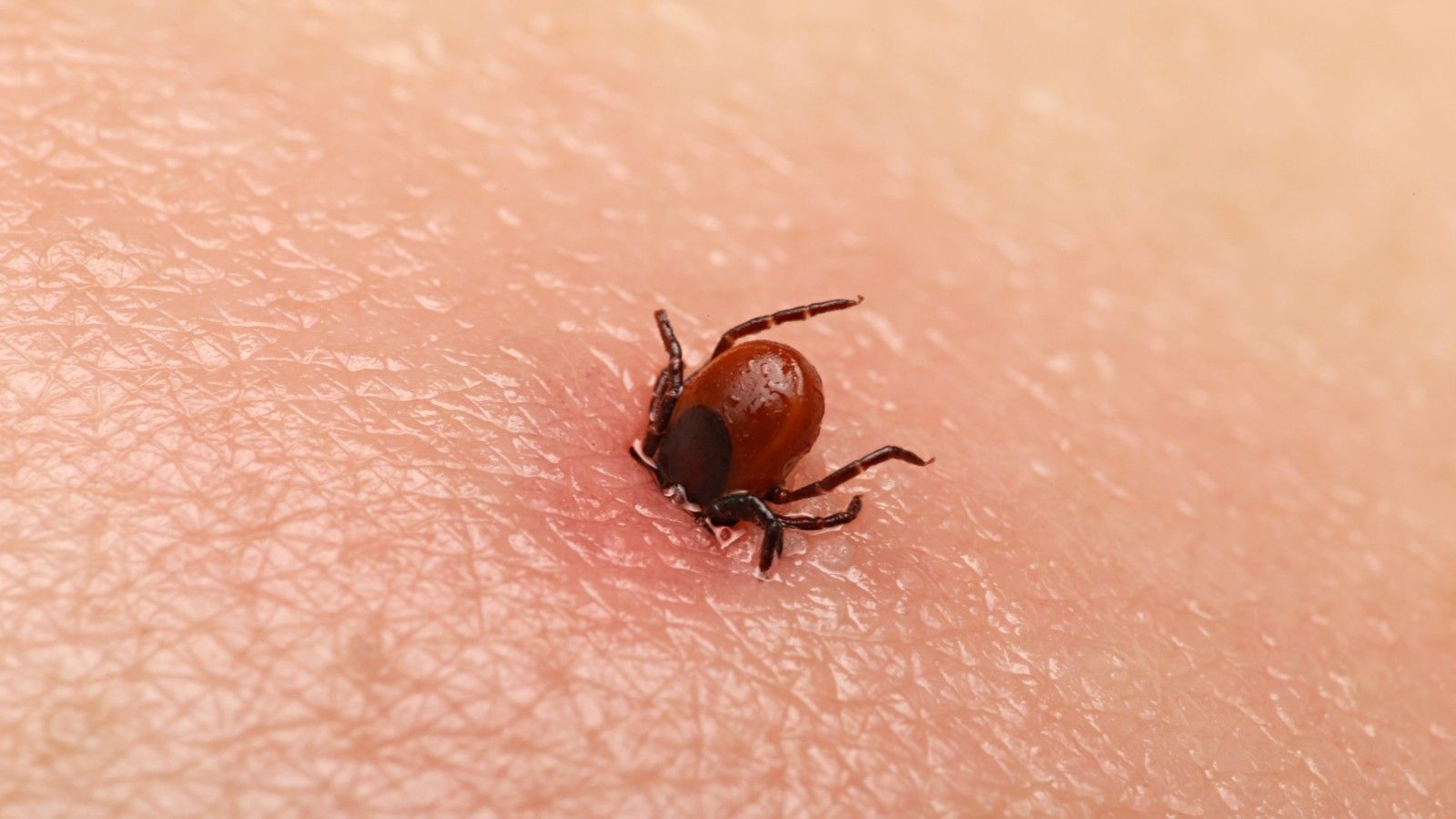
Those who frequent or live in areas with thick vegetation and woodland are at higher risk of contracting Lyme disease. Doing regular tick checks for yourself, your children and pets after spending time outdoors is important, but why not prevent ticks from invading your yard in the first place?
To protect yourself and your family, here are 7 natural ways to keep ticks away from your backyard:
1. Grow bug repellent plants

Even if you don't keep a garden, there are certain plants you should have in your yard that will protect you and your pets from tick bites.
In a study by Iowa State University, researchers have found that catmints are more effective than most insect repellents when it comes to keeping bugs like ticks away.
This is because plants from the catmint family, like catnip, contain nepetalactone and it is 10 times more effective than DEET, which is the main ingredient in repellents.
Lavender, sage, garlic, mint, eucalytus and beautyberry are other plants that can be grown to deter ticks.
If you have pets, keep in mind that some of these plants, like eucalyptus, can be toxic to them.
2. Keep grass short

It can quite a hassle to regularly mow the lawn, but there are so many benefits in doing so, including restricting black-legged ticks from invading your yard.
Ticks thrive in humidity and shade, so when your grass it cut down to a proper length, they'll seek shelter elsewhere.
Pay special attention to the edges of the lawn as over 80% of these pesky bugs are found within nine feet of the edge.
Make sure to get rid of leaf litter and grass clippings, but add them to the compost instead of the garbage. Once they're dried, they can be used as mulch that will keep weeds from growing.
3. Get a tick eater
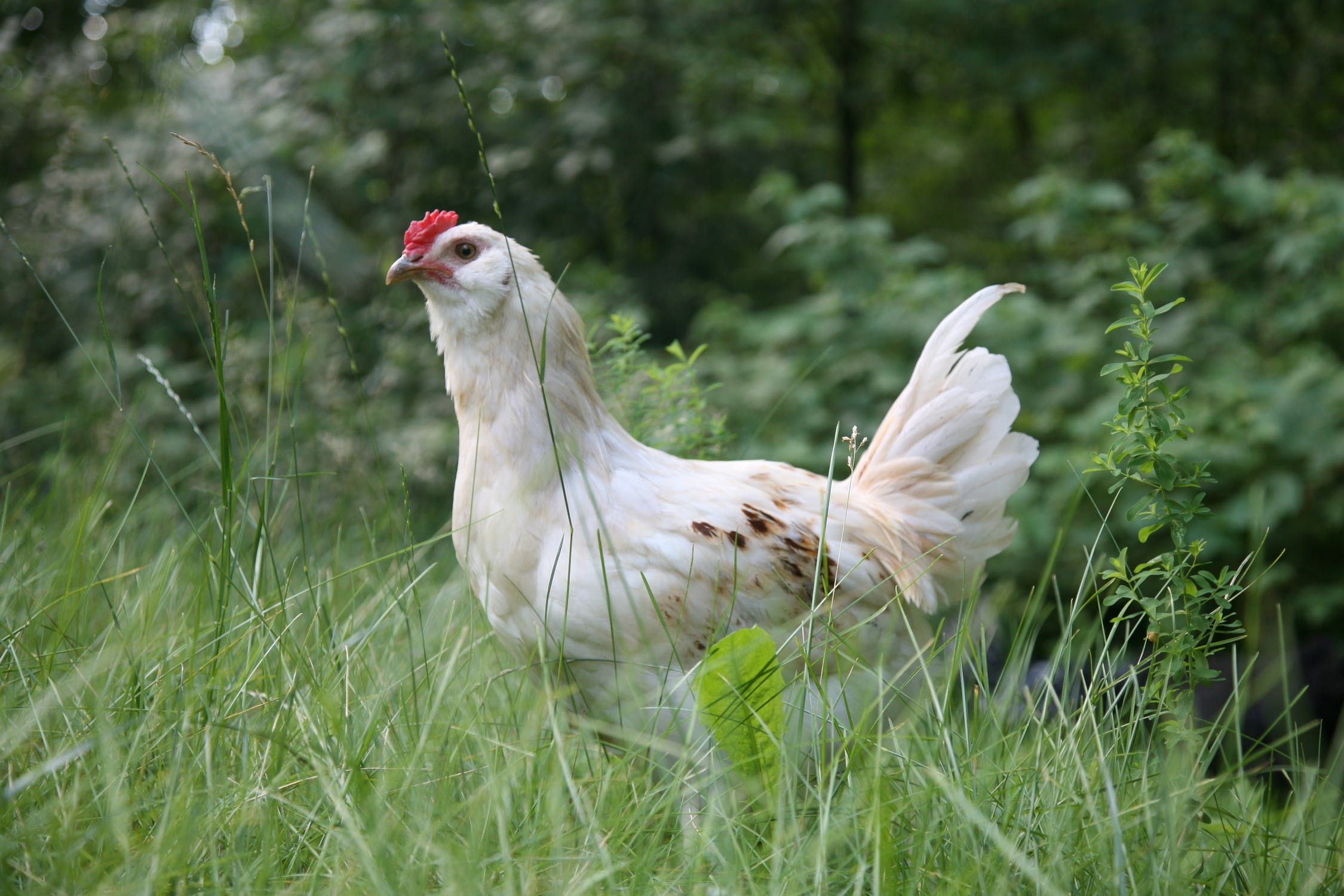
Ticks have a lot of natural predators, including spiders and ants. However, those are insects you also do not want hanging out in your yard too often because they will slowly make their way into your home.
One way to control tick population is by raising chickens. This method isn't for everyone, but it is really effective.
Other birds, like robins, also feed on ticks. An easy way to attract them is by setting up a bird feeder and making the backyard a bird-friendly zone.
Just make sure that the area around the feeder is clear of debris, so ticks that latch onto birds won't be able to dwell.
4. Use cedar chips

As mentioned above, ticks love grass, but they hate anything that's rough on their legs, like gravel or wood chips.
To keep ticks from crossing onto the paved area of your property, put some wood chips, preferably cedar, along the edges of the lawn.
5. Scatter diatomaceous earth
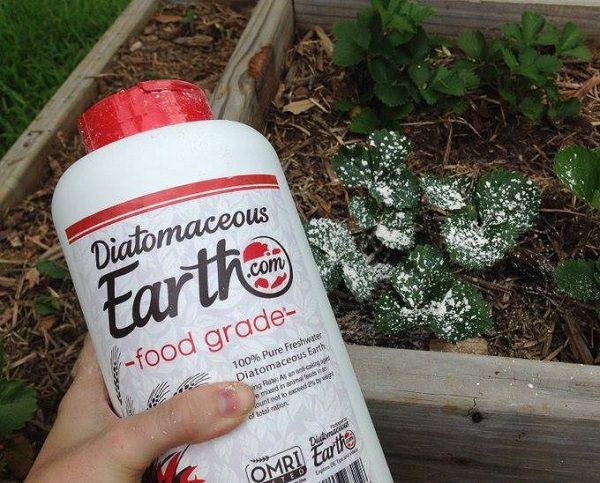
Since you and your pets spend time in your yard, you want to avoid using toxic chemicals.
Food-grade diatomaceous earth is a natural insecticide that is safe for household use and will get rid of ticks in your yard.
It works by absorbing the liquid from the thin outer layer of insects' exoskeletons, causing dehydration, which eventually kills them. Food-grade diatomaceous is also effective in getting rid of larvae.
Scatter some of the product along the edge of your home to protect your property. Repeat this process at least once a month during tick season or after it rains.
6. Destroy tick habitat

Tall grass and piles of leaves aren't the only places that ticks love. Since they find dry conditions unfavorable, they tend to lurk around woodpiles because of the dampness and shade they provide.
To keep the disease-spreading bugs away, stack woodpiles neatly and place them in an open area where they'll get direct sunlight.
7. Make an essential oil spray

Just like bug repellent plants work in keeping ticks at bay, the essential oils derived from them work wonders too.
Essential oils, including cedarwood, eucalytous, lemon, geraniym, pennyroyal, lavender and lemongrass, are all very effective in protecting you, your pet and home from pests, but only some of them can be used on skin and fur.
To make a tick repellent spray, try a blend of geranium (10 drops), cedarwood (5 drops), lavender (3 drops), and lemongrass (3 drops). Fill a spray bottle with a cup of water then add the oils and shake until mixed.
Spray the mixture on your clothes, skin and shoes before spending time in your yard or in heavily wooded areas.
Give these a try this tick season and let us know how they work for you.
If a tick does end up landing on you, this is the only thing you should do
For more on ticks and lyme disease, check out:
This Common Disease Is On The Rise - Protect Your Kids And Pets
Reduce Your Chance of Getting Lyme Disease with this Simple DIY Spray



